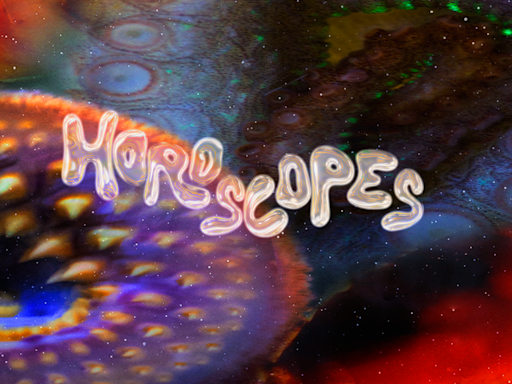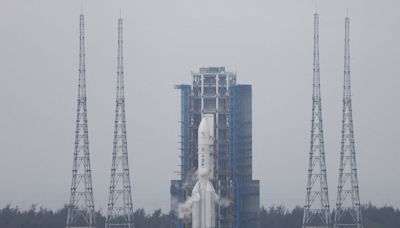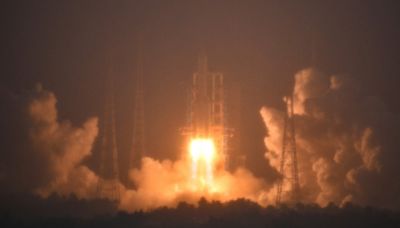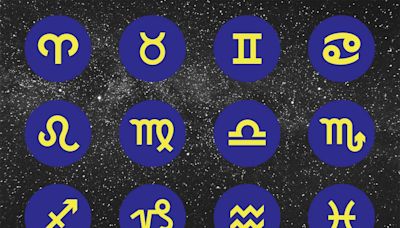Search results
The Moon is Earth 's only natural satellite. It orbits at an average distance of 384,400 km (238,900 mi), about 30 times the diameter of Earth. Over time Earth's gravity has caused tidal locking, causing the same side of the Moon to always face Earth.
Learn about Earth's Moon, its origin, phases, weather, and more from NASA. Discover how the Moon affects our planet and solar system, and explore its history and future missions.
Explore the moon's surface with Google Moon's interactive maps and detailed imagery.
3 days ago · Moon, Earth ’s sole natural satellite and nearest large celestial body. Known since prehistoric times, it is the brightest object in the sky after the Sun. It is designated by the symbol ☽. Its name in English, like that of Earth, is of Germanic and Old English derivation.
- James D. Burke
Learn about the Moon's origin, structure, surface, orbit, phases, and potential for life. Find out how the Moon affects Earth's climate, tides, and exploration.
What is the moon made of, and how did it form? Learn about the moon's violent origins, how its phases shaped the earliest calendars, and how humans first explored Earth's only natural satellite ...
- 3 min
- 5.2M
- National Geographic
May 6, 2024 · Learn about the Moon's features, phases, history and exploration with NASA. Find out how the Moon was formed, what it looks like from Earth and space, and why it is important for science and culture.





